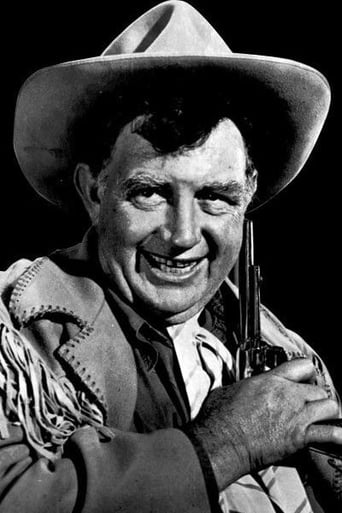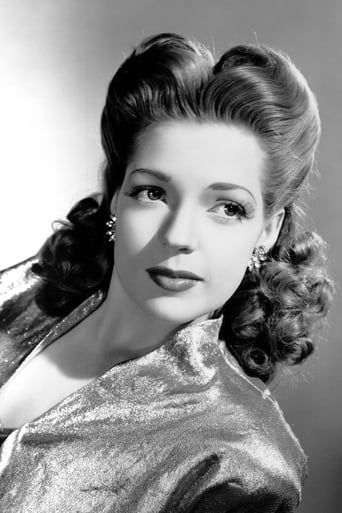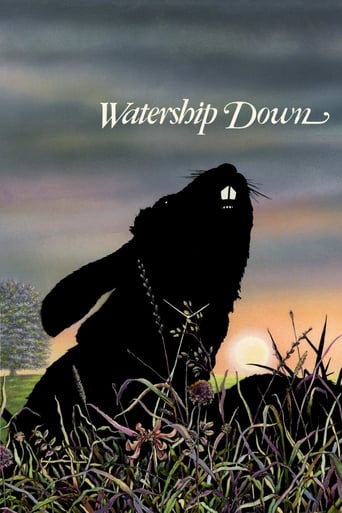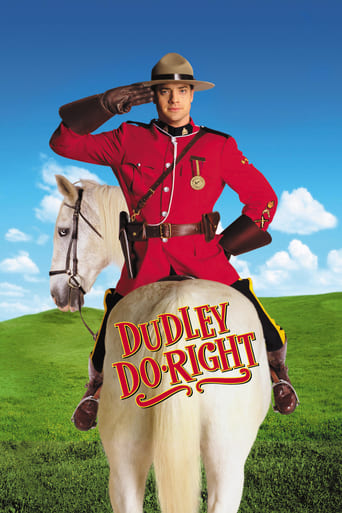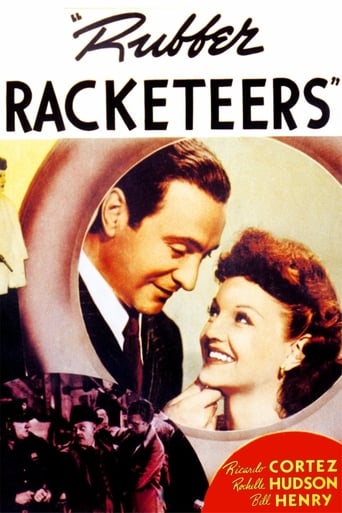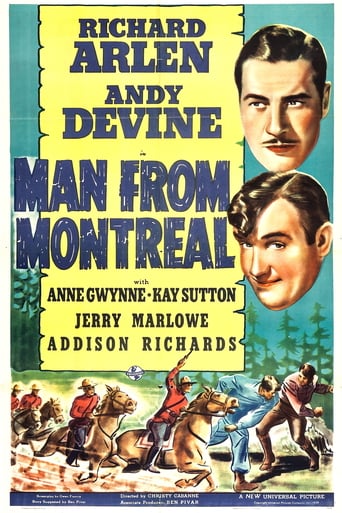

The Man from Montreal (1939)
The Man From Montreal is a lively entry in Universal's Richard Arlen-Andy Devine action series. The stars are cast respectively as fur trapper Clark Manning and constable Bones Blair, who carry on a friendly rivalry in the Canadian Northwest. Our heroes team up in the final reels to put the kibosh on a fur-smuggling racket, permitting Universal to plunge deeply into its stock-footage files. The leading ladies this time out are Anne Gwynne and Kay Sutton, their billing status indicating which one of the two ladies will land Clark Manning in the last scene. Incredibly, the Arlen-Devine series lasted for 14 films, none of them classics but all of them worthwhile Saturday-matinee fare.
Watch Trailer
Cast
Similar titles
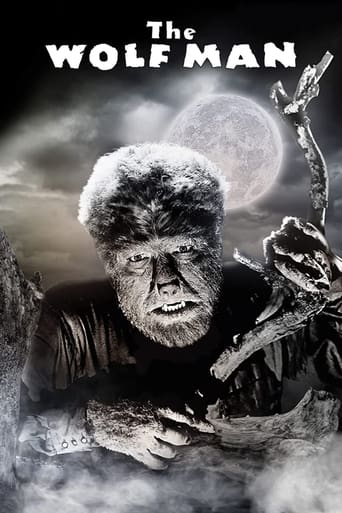
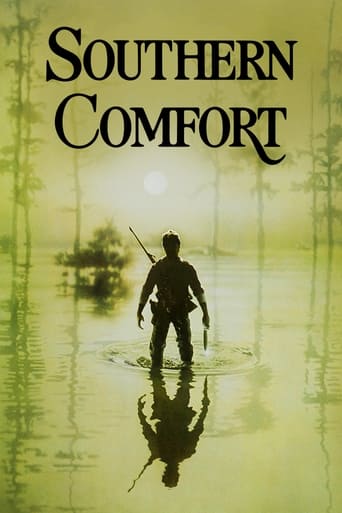

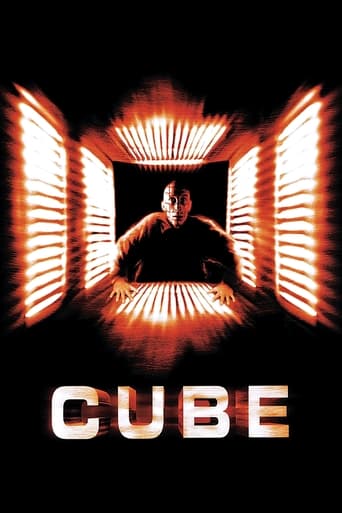
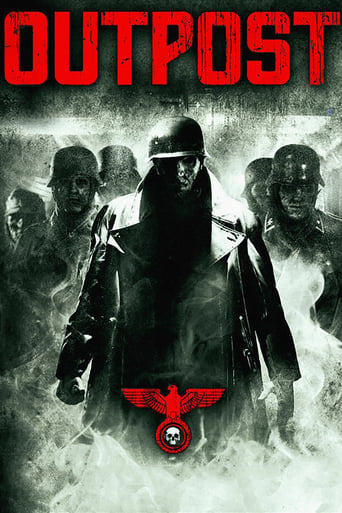
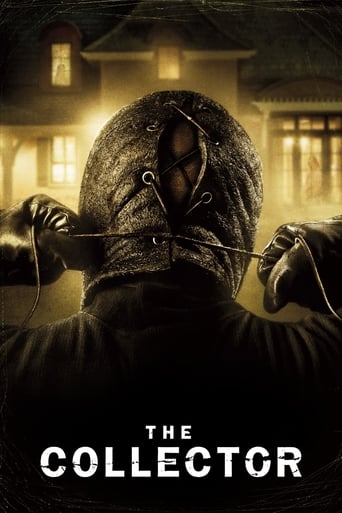
Reviews
Wonderful character development!
Powerful
Excellent adaptation.
By the time the dramatic fireworks start popping off, each one feels earned.
Director: CHRISTY CABANNE. Screenplay: Owen Francis. Original screen story: Ben Pivar. Photographed in black-and-white by Milton Krasner. Film editor: Maurice Wright. Art directors: Jack Otterson, Harold H. MacArthur. Set decorator: Russell A. Gausman. Music director: Hans J. Salter. Sound recording: Bernard B. Brown. Western Electric Sound System. Producer: Ben Pivar.Copyright 8 November 1939 by Universal Pictures Co., Inc. No New York opening. U.S. release: 8 December 1939. Australian release: 13 June 1940. 7 reels. 5,416 feet. 60 minutes.SYNOPSIS: Accused of stealing pelts, an innocent trapper is pursued by the Mounties.COMMENT: A beautifully photographed (Milton Krasner) "B" set in the Canadian Rockies. The story by producer Ben Pivar, as screenplayed by Owen Francis, offers a passable amount of action (though it is not very vigorously staged), but tends to be a bit over-talkative.Director Christy Cabanne's often attractively composed visuals reveal his silent film origins, and this quality alone is sufficient to lift the film out of the rut. See if you can spot the silent stock footage (the use of which is a common feature of Cabanne's later sound films) which is very cleverly integrated with the new material.

